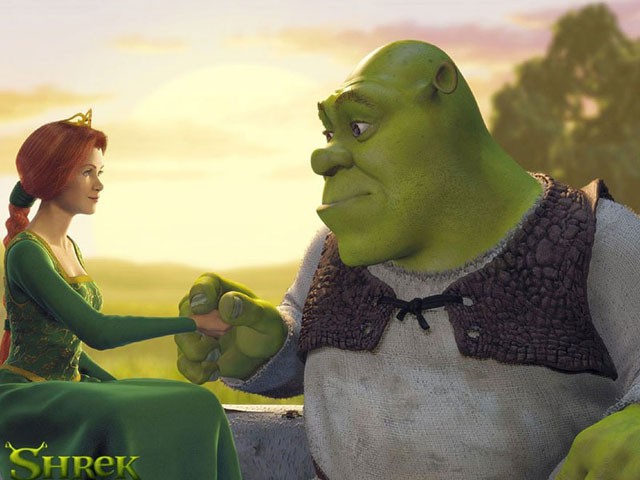Hello Kitty, full name Kitty White (Kiti Howaito), is the best-known of many simply drawn fictional characters produced by the Japanese company Sanrio. Hello Kitty is a friendly white kitty with the head larger than her body, small button eyes and nose, but no mouth. She is said to be five apples tall and the weight of three apples.
 In 1974, Sanrio Co. Ltd. of Tokyo, introduced the Hello Kitty franchise. The first Hello Kitty item was a vinyl coin purse sold in Tokyo, according to Sanrio Inc.'s U.S. marketing director Bill Hensley. In 1976, the franchise was introduced into the U.S. The Hello Kitty line has developed under licensing arrangements worth more than $1 billion a year in sales. Examples of products depicting the character include dolls, stickers and greeting cards to clothes, accessories, school supplies, dishes and home appliances. Sanrio Puroland is the official theme park of Sanrio featuring Hello Kitty and her friends.
In 1974, Sanrio Co. Ltd. of Tokyo, introduced the Hello Kitty franchise. The first Hello Kitty item was a vinyl coin purse sold in Tokyo, according to Sanrio Inc.'s U.S. marketing director Bill Hensley. In 1976, the franchise was introduced into the U.S. The Hello Kitty line has developed under licensing arrangements worth more than $1 billion a year in sales. Examples of products depicting the character include dolls, stickers and greeting cards to clothes, accessories, school supplies, dishes and home appliances. Sanrio Puroland is the official theme park of Sanrio featuring Hello Kitty and her friends.
 Hello Kitty CartoonAccording to Sanrio's website, Hello Kitty was born on November 1st and lives in London with her parents and twin sister Mimmy. Since 2004 she has had a pet cat called Charmmy Kitty and a pet hamster called Sugar. Charmmy Kitty resembles Hello Kitty but has more cat-like features. Charmmy Kitty was given to Hello Kitty by her papa, George White; her mama, Mary White; her twin sister Mimmy; and her grandparents, Anthony and Margret White.
Hello Kitty CartoonAccording to Sanrio's website, Hello Kitty was born on November 1st and lives in London with her parents and twin sister Mimmy. Since 2004 she has had a pet cat called Charmmy Kitty and a pet hamster called Sugar. Charmmy Kitty resembles Hello Kitty but has more cat-like features. Charmmy Kitty was given to Hello Kitty by her papa, George White; her mama, Mary White; her twin sister Mimmy; and her grandparents, Anthony and Margret White.
Hello Kitty's fictional world includes many friends and family members. She is friends with other famous Sanrio characters, such as Cinnamoroll, Chococat, and Badtz Maru.
Hello Kitty is a cute and inisent little chartoon charter. That is kind and teachs children some maners and stuff they should know. Children would also look up to her as a role model because she does every little thing that a person or a child would want to be when they grow up. So Hello Kitty is not only a cute kitty. She is a role model, that children look up to when they grow up into teen age years and maybe adult years. Who knows!!!

Hello Kitty Cartoon
 Hello Kitty Cartoon
Hello Kitty CartoonHello Kitty's fictional world includes many friends and family members. She is friends with other famous Sanrio characters, such as Cinnamoroll, Chococat, and Badtz Maru.
Hello Kitty is a cute and inisent little chartoon charter. That is kind and teachs children some maners and stuff they should know. Children would also look up to her as a role model because she does every little thing that a person or a child would want to be when they grow up. So Hello Kitty is not only a cute kitty. She is a role model, that children look up to when they grow up into teen age years and maybe adult years. Who knows!!!
Hello Kitty Cartoon


 Hello Kitty Cartoon
Hello Kitty Cartoon
 Slipper Cartoon
Slipper Cartoon

 Slipper Cartoon
Slipper Cartoon
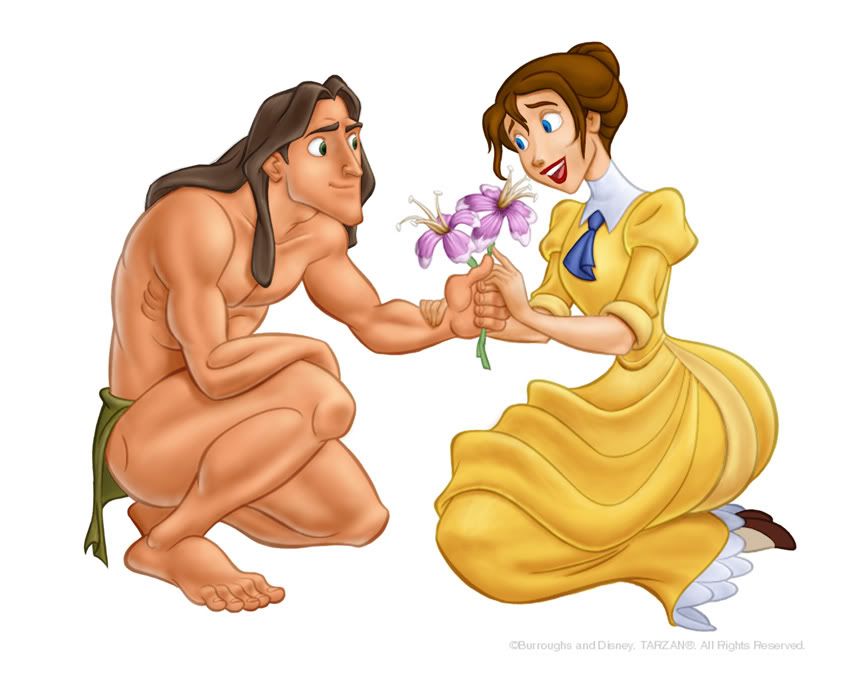 Tarzan Cartoon
Tarzan Cartoon
 Tarzan Cartoon
Tarzan Cartoon



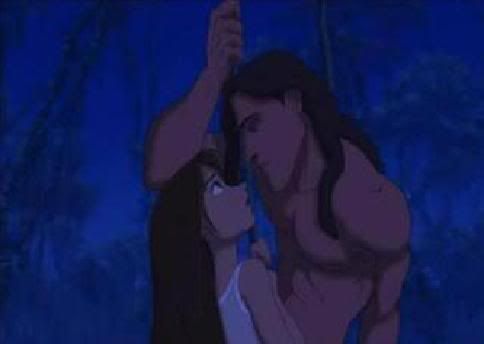
 Tarzan Cartoon
Tarzan Cartoon

 Aladdin Cartoon
Aladdin Cartoon



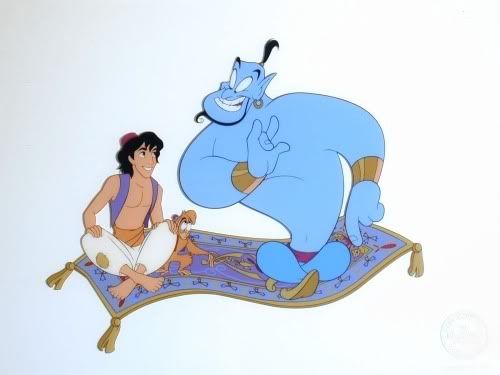
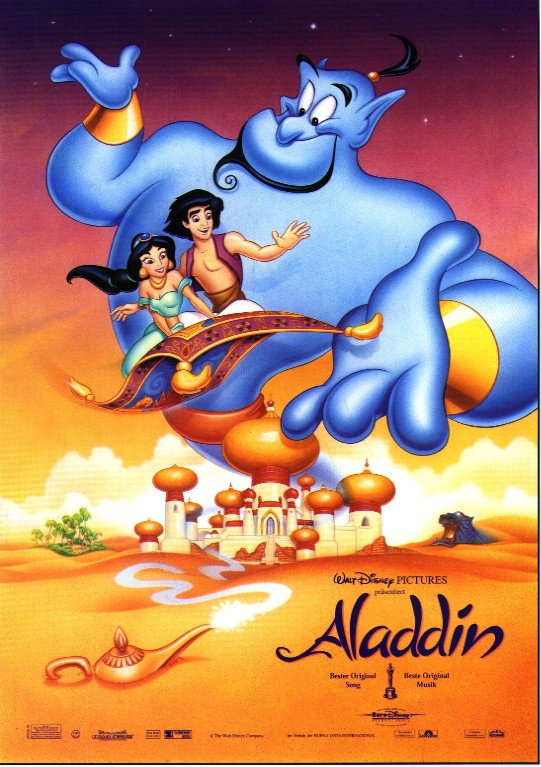




 Goofy Cartoon
Goofy Cartoon



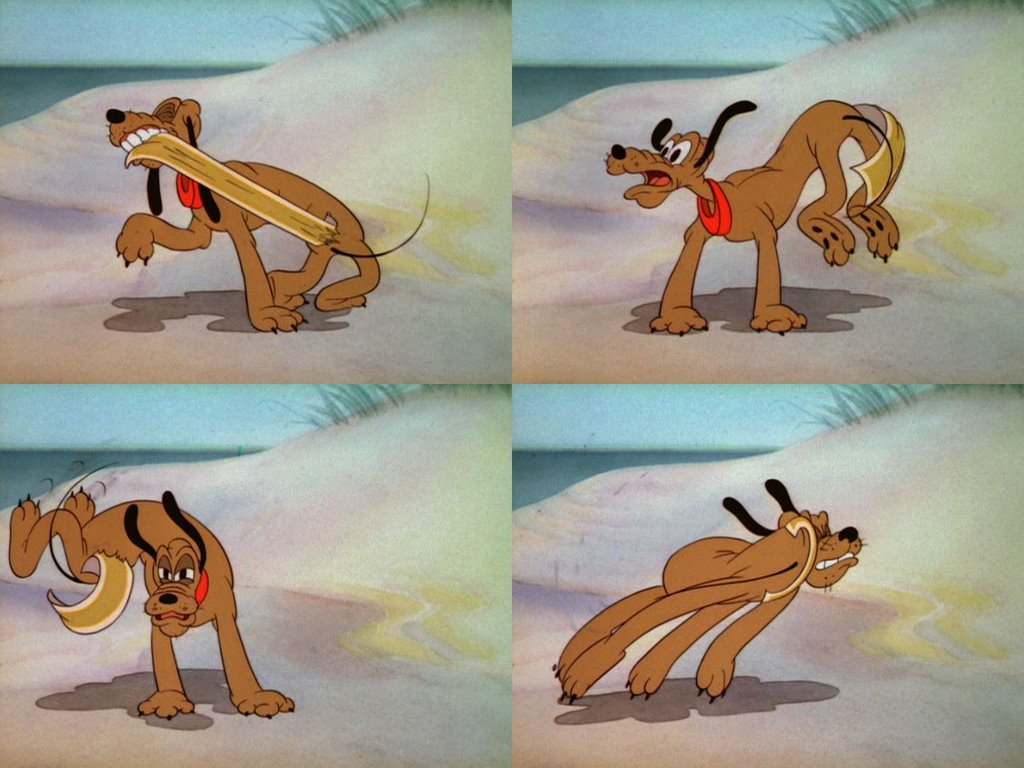
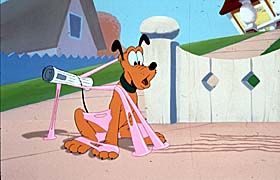



 Cartoon Disney
Cartoon Disney



